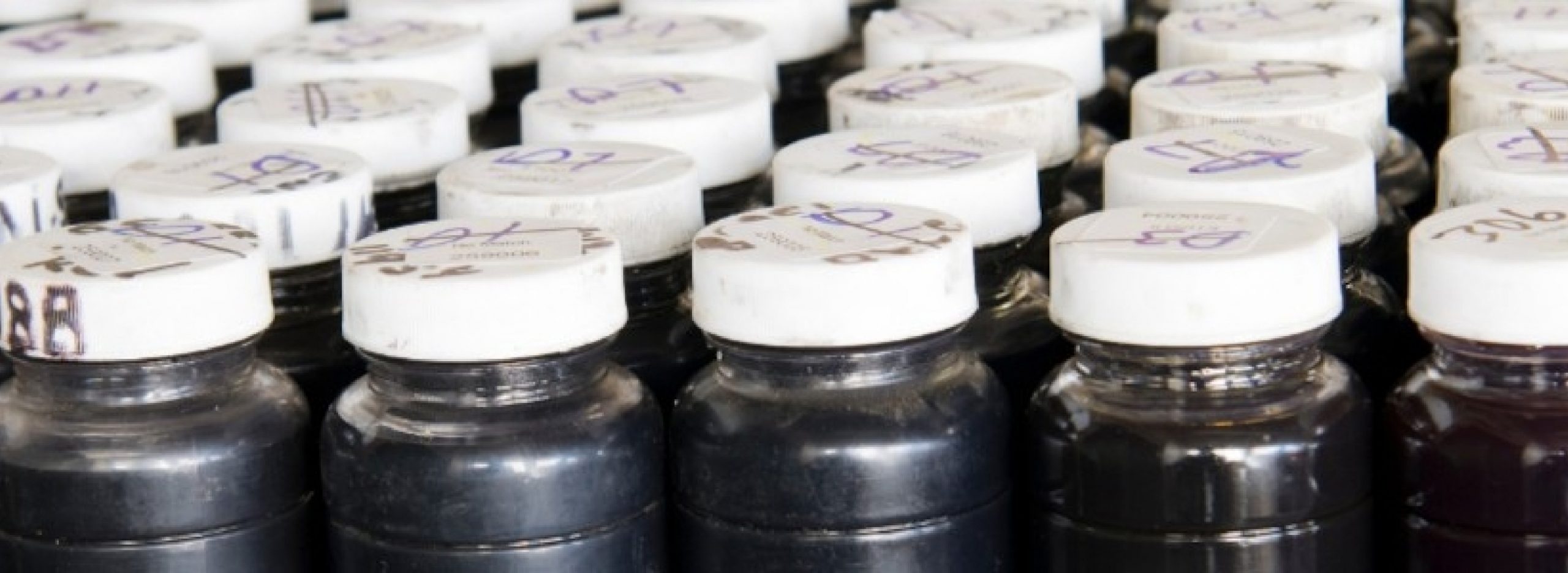If you’ve never started an oil analysis program before for your fleet, we can help. Our team will guide you through the process to get the best value for your investment. Oil analysis is a fantastic way to see exactly how clean your oil and lubricants are and how effective they are for your equipment. You’ll get a clear picture of your lubricant program’s effectiveness by regularly sampling your lubricant supplies and equipment. Then once the lab analyzes your samples, you’ll get specific maintenance and lubricant guidelines to help keep your supplies and machinery in good order.
Proper sampling is the key to an oil analysis program
A world-class oil analysis program is only as good as the samples taken. The key to effective oil analysis is a data-rich sample. You need to learn as much as possible about a full tank or engine from one tiny 2 oz bottle. That’s why you must start your oil analysis program by learning how to take data-rich samples and what different sampling methods are available.
How do you take an oil sample?
There are a lot of rules and standards for oil sampling that you can find. But the system you need to set up must work for your equipment and lubricant needs. So instead of giving you a list of dos and don’ts, here are some general guidelines you may use to craft your oil sampling program.
- Start with a baseline sample. Before you begin sampling your supplies and equipment, you need a baseline of where you are starting from. So, take samples of your lubricants out of the box, or sample your equipment before introducing new oils. Your baseline is the starting point for the lab to base their findings on, so it must be accurate.
- Create procedures for sampling. Did you know that you should always sample upstream of a filter? Unless, of course, you’re testing the effectiveness of the filter. Then you’ll want a sample downstream to measure how well the filter works. This paradox is a sample of how hard and fast sampling rules aren’t always applicable to your situation. When you sign up for our oil analysis program, we’ll teach you the most effective ways to get oil samples from your equipment and supplies based on your needs. Then, you’ll need to create standard procedures for your team to follow, so it’s the same every time.
- Always clean your sampling equipment. If your sampling equipment becomes contaminated, it will alter your expected results. Never reuse dirty sampling equipment, and always follow flushing procedures.
- Follow a set schedule. Taking your samples at regular intervals is one of the best ways to ensure accuracy. Once you take the samples, please send them to the lab within 24 hours.
You may need more specific sampling standards and guidelines for your oil analysis program. That’s okay. Remember, the whole point of the oil analysis is to determine your lubricant and equipment needs based on how you use your supplies and equipment. Our oil analysis team will help you choose the best practices for your sampling program to get the most accurate results.
Which sampling methods are best?
There are a lot of different sampling methods and tools you can use when starting an oil analysis program. Here’s a quick overview of the most basic tools.
- Minimess Sampling Valves or Sampling Valves: This is one of the most common sampling tools and methods. These sampling valves are easy to install in high viscosity areas and can also be used on low-pressure systems. They vent off a portion of the lubricant when you hook up your hose from your sample collection container to the valve. The most significant benefit of this method is it’s a permanent way to take samples from the same location each time. There are plenty of different Minimess sample valve tools and applications to choose from, including portable options.
- Vacuum Pumps: Vacuum pumps are a tool that extracts oil samples from systems. They may be used in conjunction with a sampling valve as well. Basically, the device creates a vacuum that sucks out a selection of the oil using flexible hosing. It’s a more portable method that also works well when there isn’t a sampling valve installed or it’s a low-pressure system.
- Ball Valves: A ball valve is a lot like turning the handle on the kitchen sink to get a drink of water. The valves are installed in the system, and when opened, they allow the lubricant to flow through, which you can then collect. But there are some significant limitations to collecting from a ball valve. For one, it’s not always easy to get the best data-rich samples. It depends on where the ball valve is installed to get the most accurate results. Taking samples from a ball valve requires extensive sampling knowledge and should be done by technicians familiar with the equipment needs.
These are just a few of the primary sampling methods, but there are plenty of different tools and techniques you can try. Finding the one that gives you the most data-rich samples should be the key to your oil analysis program. The more data you can get from your sampling, the more effective your oil analysis results and recommendations will be. If you have questions about our oil analysis program or want to sign up, give us a call!
